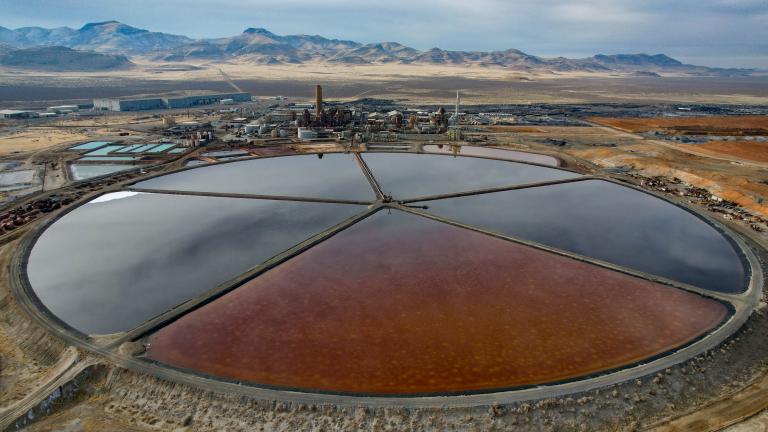Light bulb: not going off.Photo: Pascal BovetRemember way back, uh, two days ago when I wrote a post arguing that new EPA rules will not threaten electric system reliability? Well, just in the last day or so, more evidence has emerged to support that position. I enjoy being right, so I’m doing a follow-up post. Hopefully this will not be a daily thing.
First, as Inside EPA reports, the Edison Electric Institute (EEI), a trade group for investor-owned utilities, has done its own internal study on coal-plant shutdowns. Now, you have to keep in mind that EEI and other industry groups have, in public anyway, been making hysterical predictions about a huge wave of immediate plant shutdowns that will cast whole regions of the country into darkness. So what do they find when they study the matter internally?
- There will be far fewer shutdowns than industry shills are predicting — around 321 plants, or 48,000 megwatts’ worth (roughly 14 percent of current coal capacity, or 5 percent of total generation capacity).
- The shutdowns will take place over a much longer period of time than industry shills are predicting — over a decade rather than in the next two or three years.
- Most of the closures are happening for other reasons, unrelated to EPA rules — the plants are old, they’re uneconomic to run, they’re getting beat by cheap gas.
So the fear mongering of right-wingers and industry PR flacks is belied by the industry’s own estimates. For lots more on this, I recommend John Hanger’s blog posts here and here.
Second, the Dept. of Energy (DOE) has just released its own in-depth study [PDF] on the reliability question. It’s interesting because DOE deliberately analyzed a worst-case scenario, a “Stringent Test Case” that the agency acknowledges is more severe than what’s actually anticipated when the rules are implemented.
Even using that extreme case, DOE found that “the overall supply-demand balance for electric power in each region examined would be adequate,” and furthermore, that “mechanisms exist to address such reliability concerns or other extenuating circumstances on a plant-specific or more local basis.” This is more or less what other analysts have found as well.
In short, there’s a growing — at this point overwhelming — body of evidence that it is perfectly possible to shut down the nation’s dirtiest coal plants and still keep the lights on. This won’t stop industry shills from fear mongering, but it should fortify the spines of wishy-washy moderates in Congress.




